Constructive Eviction Letter Template Guide
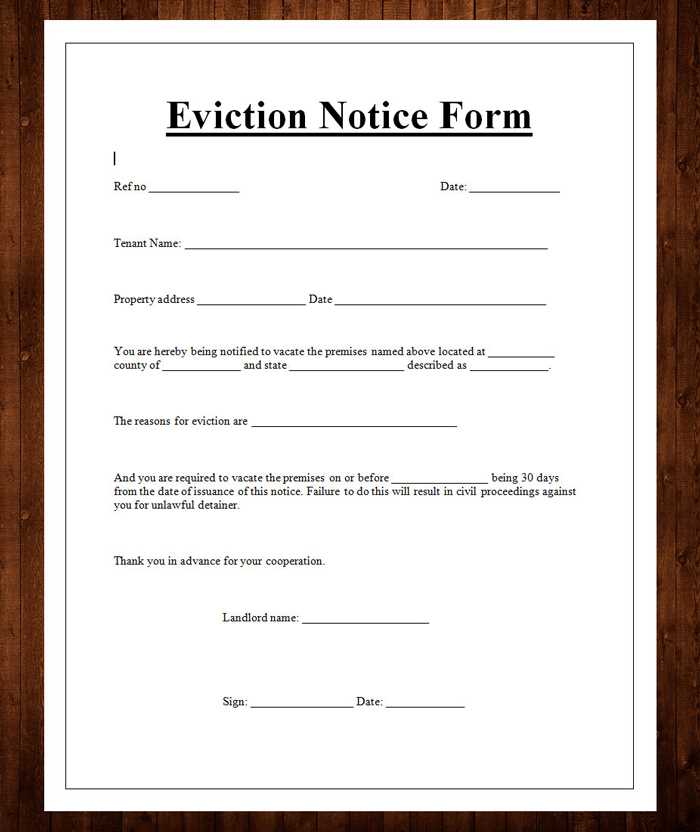
When a tenant experiences unaddressed issues in a rental space, it may be necessary to inform the property owner of the uninhabitable state. This document serves as a formal notification to request repair or remedy for significant problems that hinder the use of the property.
Key Aspects of the Notice
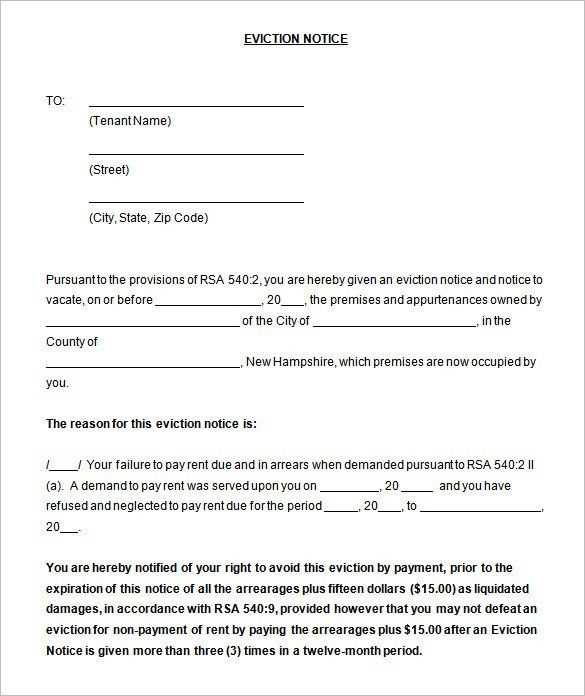
The main purpose of this document is to describe the issues that affect the tenant’s ability to comfortably and safely occupy the space. It must clearly outline the problems, the impact they have on daily living, and a reasonable time frame for resolution. By addressing these matters in a professional manner, the tenant can prompt the landlord to take action.
Essential Information to Include
- Tenant and Landlord Details: Provide full names, addresses, and contact information for both parties.
- Specific Problems: List the exact issues that are causing discomfort or are unsafe.
- Previous Attempts to Resolve: Mention any informal discussions or requests made prior to sending the notice.
- Requested Action: Specify what repairs or adjustments need to be made, and the deadline for completion.
- Legal Rights: Remind the landlord of the tenant’s rights in case the issue is not resolved within a reasonable time.
How to Draft the Document
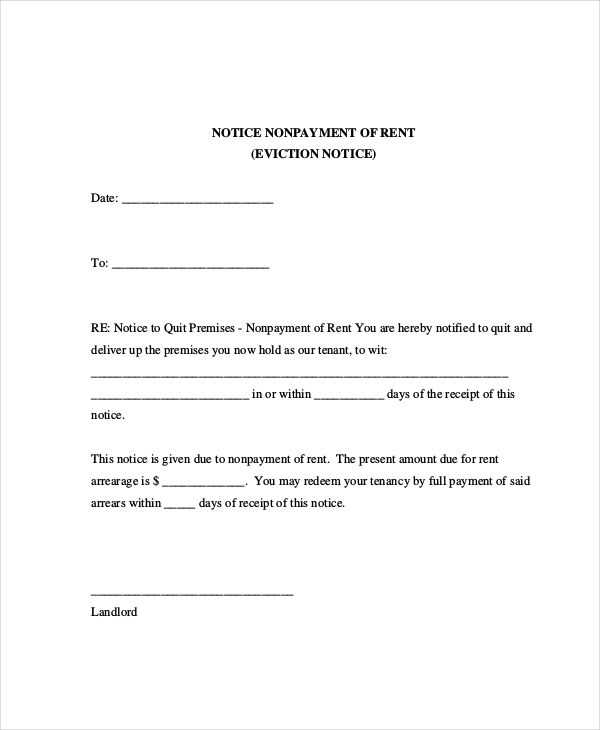
Crafting the message requires a formal tone and precision in language. It is vital to be clear, respectful, and direct in communicating the issues while maintaining a professional approach. The letter should avoid unnecessary emotional language and focus strictly on the facts and expectations.
Steps for Writing the Document
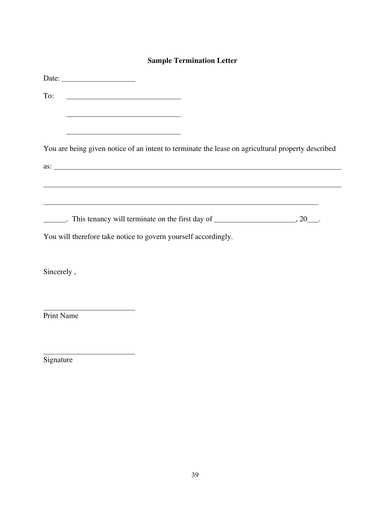
- Begin with the date and full contact information for both parties involved.
- State the purpose of the document in a clear, direct manner.
- Describe the problems encountered with specific details, including dates and instances when they occurred.
- Provide a reasonable timeline for resolution, typically giving the landlord a week or more depending on the issue’s urgency.
- Conclude with a reminder of potential legal action should the issues not be addressed promptly.
By following these steps, tenants ensure that their concerns are formally recognized, and they have a documented record of their attempts to resolve the problem amicably with the landlord. This can be essential if legal action becomes necessary later on.
Understanding Uninhabitable Conditions and Legal Notices
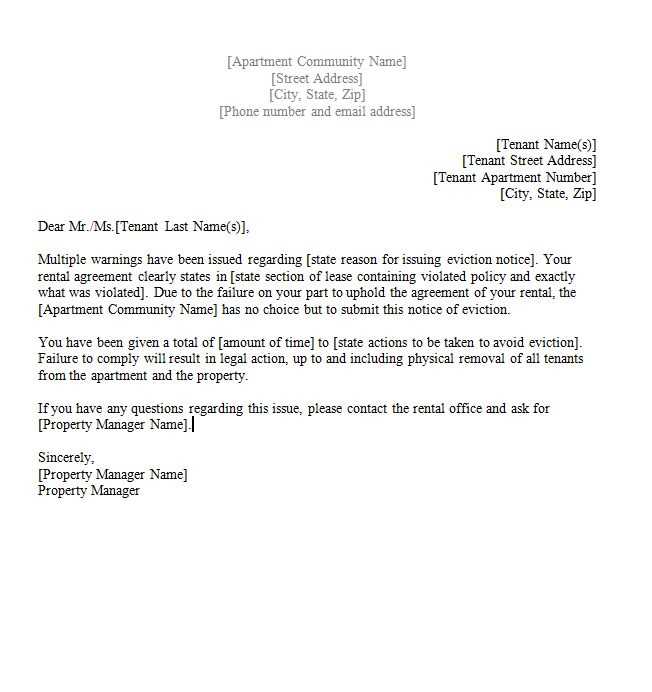
When tenants are faced with unresolved issues that make the rental property unlivable, they have the right to formally notify the landlord. This process typically involves outlining the problems and requesting action to address them. The purpose is to communicate the need for necessary repairs or fixes, ensuring the property meets acceptable living standards.
Key components of such a notification include details about the tenant’s concerns, the specific issues affecting the space, and a clear request for action. These elements help to formally document the problem, establishing a record of communication and the expectations for resolution.
Creating an official notice requires careful wording and adherence to legal guidelines. It is important to ensure that the document follows the proper format, communicates the issue effectively, and provides enough time for the landlord to act. Legal documents in these matters must be clear, concise, and respectful, outlining both the problems and the consequences of inaction.
There are several common pitfalls when drafting these notifications. One common mistake is not providing enough detail about the issues or failing to include a clear timeline for resolution. Additionally, failing to state the tenant’s rights or using improper language can undermine the effectiveness of the notice.
Before sending the notification, tenants should verify that they have followed all required steps, such as attempting informal communication with the landlord or giving sufficient time for the issues to be addressed. Having a clear record of previous discussions can be helpful in the event that legal action becomes necessary.
For property owners, it’s crucial to understand the legal obligations that come with maintaining habitable conditions. Ignoring or neglecting repairs can lead to legal consequences, so it’s important to respond promptly and take appropriate action when notified of such concerns.
When responding to these types of claims, landlords should ensure they address the issues directly and within a reasonable time frame. If resolution isn’t possible, tenants may seek alternative legal remedies, and the property owner should be prepared to address the matter according to local laws.